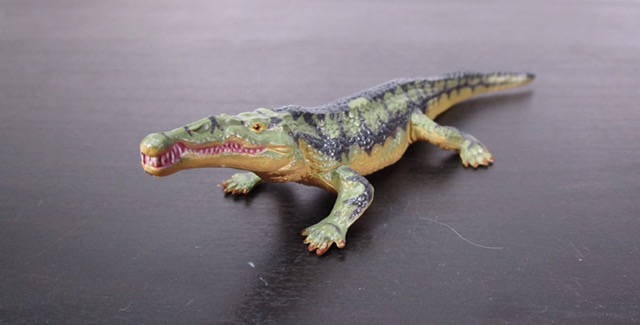
Review and photographs by Loon, edited by Suspsy.
Phytosaurs unfortunately suffer from their superficial resemblance to crocodiles in that they rarely get the level of representation that their more “charismatic” archosaur cousins enjoy. When they do show up, they are usually represented by the late Jurassic Rutiodon, the subject of this review.
Read more
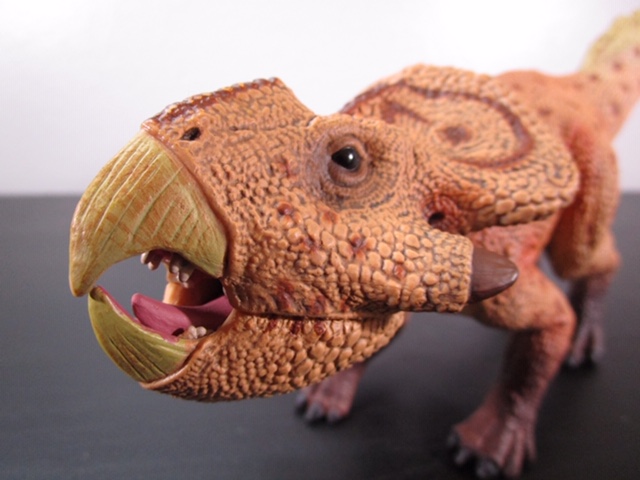
Review and photographs by Loon, edited by Suspsy.
Protoceratops figures tend not to be very large, most likely to better communicate the real animal’s small size. Breaking with tradition, CollectA has decided to create this figure in 1/6 scale, to go along with their Deluxe Velociraptor.
Read more
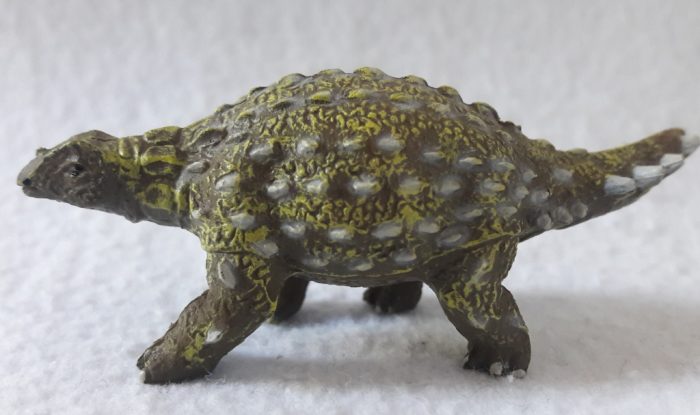
Today I´d like to introduce to you Science and Nature Minmi. The company did it as a part of their signature line of figures, “Animals of Australia Realistic Toy Replicas.”
Minmi is the name of a small herbivorous ankylosaurian dinosaur that lived during the early Cretaceous Period of Australia, about 119 to 113 million years ago.
Read more
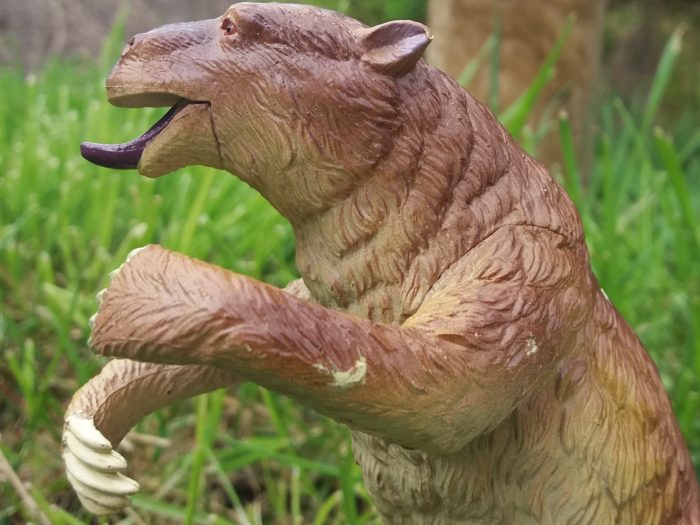
Since it’s first discovery in 1788, Megatherium has garnered much attention, not just from scientists but by the general public, it’s large size and fearsome claws drawing in many. In spite of the discovery of larger creatures over the centuries, this gargantuan xenarthran still has it’s fair share of art and models dedicated to it.
Read more
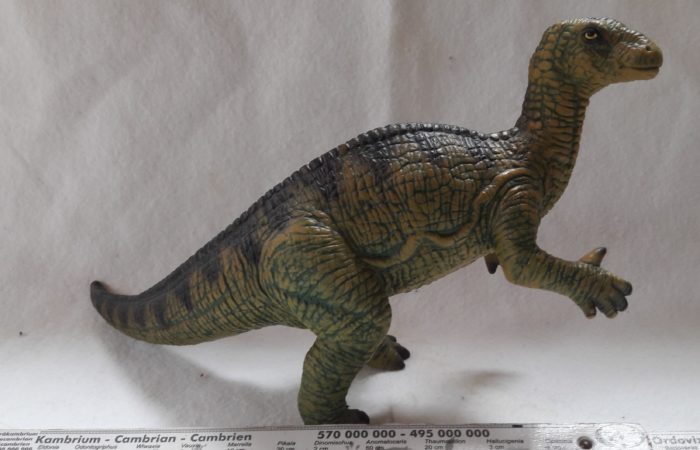
For some reason the 2001 version of an Iguanodon by Bullyland has not been reviewed yet. This text is going to change that.
I guess I don´t have to tell anyone here anything about lower Cretaceous ornithhischian Iguanodon, one of the most widespread, best known and best examined dinosaur species ever.
Read more
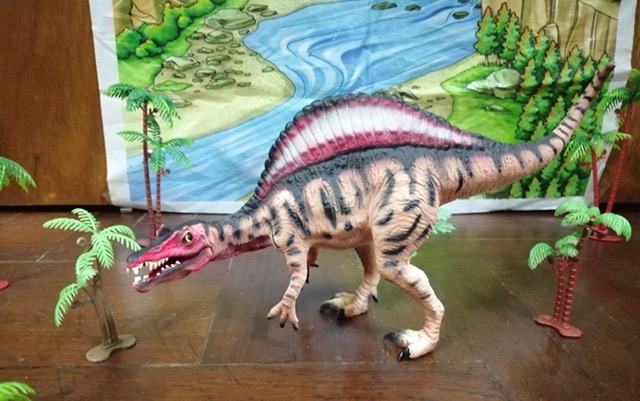
Review and photos by ‘Prehistory Resurrection,’ edited by Suspsy
Spinosaurus was one of the largest carnivorous dinosaurs, probably exceeding Tyrannosaurus rex and Giganotosaurus in length, but not mass. Other factors which have contributed to Spinosaurus‘ fame apart from its huge size are its signature dorsal sail, its well-known (but inaccurate) appearance in the movie Jurassic Park 3, and the many figures of it that were released from different companies in 2019.
Read more
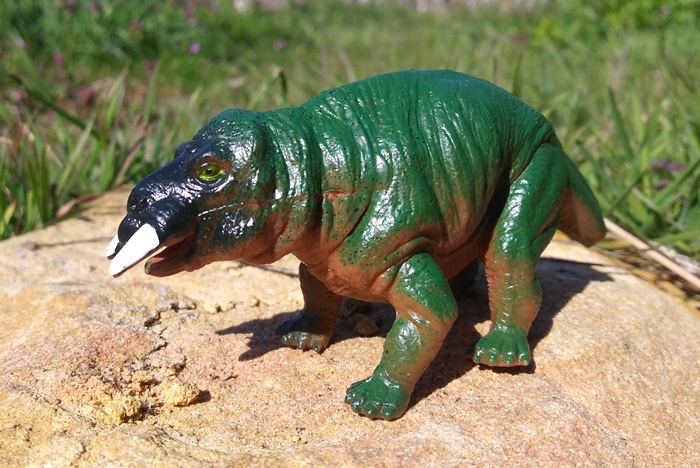
Today I`d like to review a figure that is a quite uncommon in several ways. First of all, it technically already has a review on this blog as part of a box set, but I felt it deserves its own entry.
Secondly, it is a Placerias, a species that, despite its certain popularity for appearing in the BBC series “Walking with Dinosaurs” is neglected by almost any toy company you can name.
Read more
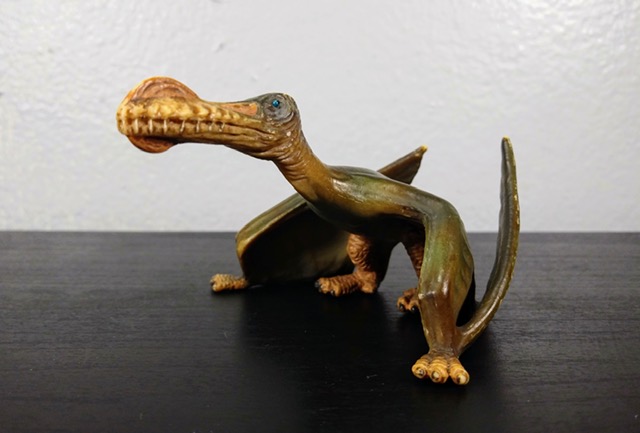
Review and photographs by Loon, edited by Suspsy
It’s very easy to see where the inspiration for this model came from. While the name stamp on this figure’s wing might say “Anhanguera,” it is very clearly based on the BBC Walking With Dinosaurs series’ Ornithocheirus.
Read more

Animals can adapt to their environment in many different ways, resulting in many interesting species. but the more interesting case is when two distinctly different species, not even closely related, evolve similar or the same adaptation, known as convergent evolution. Such is the example whit this review: Thylacosmilus, which may look like a sabre toothed cat, but is in fact a sprassodont, a marsupial from South America.
Read more
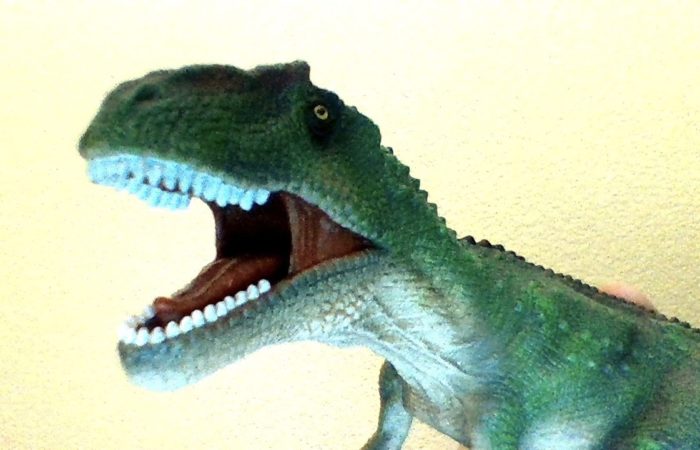
Review and photos by Stegotyranno, edited by Suspsy
Today we will take a look at Mojo Fun’s new 2020 Giganotosaurus carolinii, a large carcharodontosaur from the Candeleros Formation of Argentina, It was related to such beasts like Mapusaurus, Carcharodontosaurus, and Acrocanthosaurus.
Read more

Science counts around 25 species of recent crocodile species and all – maybe with the exception of the African Dwarf Crocodile – live an aquatic life and use the land mainly to bask and nest. In their long history the group we accept as “crocodiles” has seen quite a variety of crocodilian forms, not few of them terrestrial more than aquatic, a trait that showed off in their morphology.
Read more
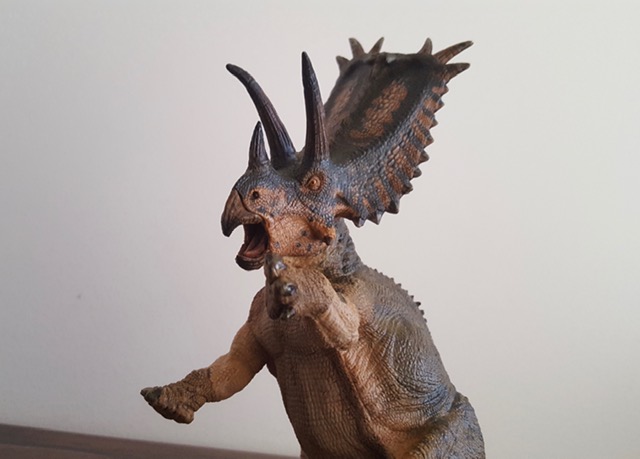
Review and photos by H. Sanchez, edited by Suspsy
Pentaceratops is a fairly well-known dinosaur, although not very represented in toy form. The most prominent one up until now is the one by Schleich. Today we will be reviewing this 2019 model by Papo.
Read more















